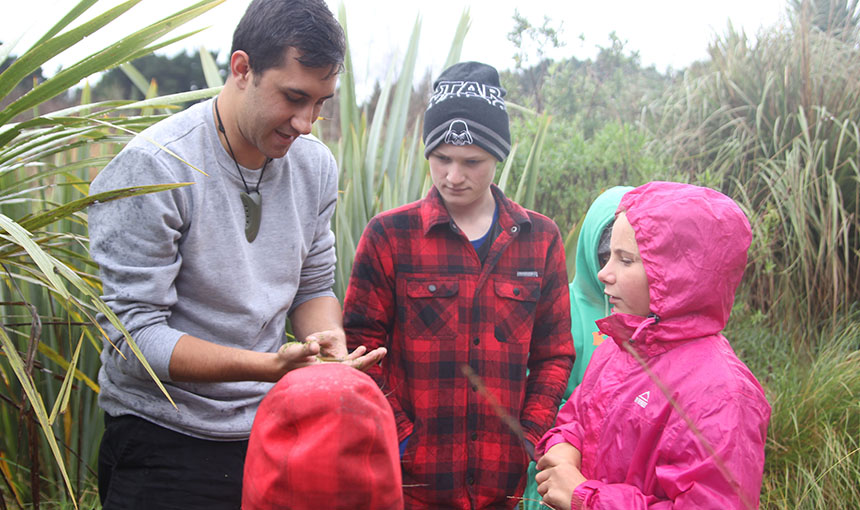Sharing environmental DNA across New Zealand
The Environmental DNA (eDNA) Hub had its first public road test in May 2019, with more than 60 participants tuning in to see how it could work for them.

The BioHeritage-supported project aims to allow people to share and visualise eDNA data collected from around New Zealand in one, central place.
Project coordinator Dr Austen Ganley says eDNA is DNA that is extracted from an environmental sample such as soil. It acts like a barcode – telling you all of the organisms present in that sample.
The Hub is both a database for storing this information and a website that allows visualisation of eDNA information in a configurable way.
Kevin Collins, from the BioHeritage Strategic Leadership Group, says this will allow data to be easily accessible from across the country.
“For example, if the data was in the hub, you could search for all fungi in the Waikato, search for a specific organism, or compare the communities of organisms present in an organic orchard with those in a conventional orchard.”
To showcase their proof of concept, Austen and his colleagues from the University of Auckland held a webinar last month – live streaming a demonstration of the Hub to interested parties. These included researchers, Governmental agencies, and local organizations across the country.
They wanted to show others what the Hub can do now, get feedback, and inspire them to think about what could be possible in the future.
Kevin says the technology has a wide range of potential applications – but users will only get out of it what they put in.
“Where the Hub goes from here will depend on who is keen and how they can help make it happen – the Challenge alone can’t deliver Hub 2.0. How we collectively grow it and sustain it in the future is the big question.”
The eDNA Hub is another step towards achieving the Challenge’s goal to whakamana (empower) New Zealanders to protect our precious environment.
If you would like to know more about the eDNA Hub you can view the full webinar online here.


